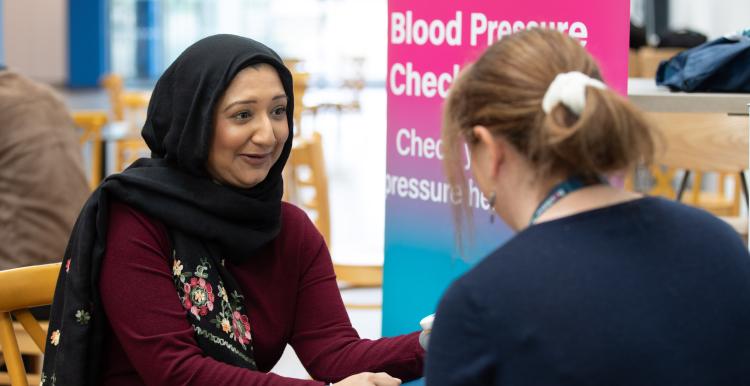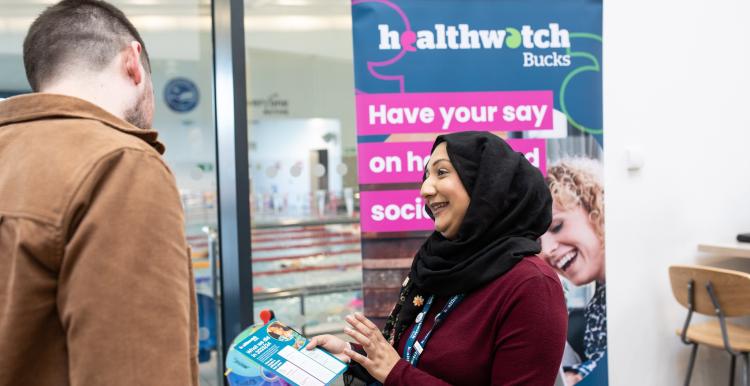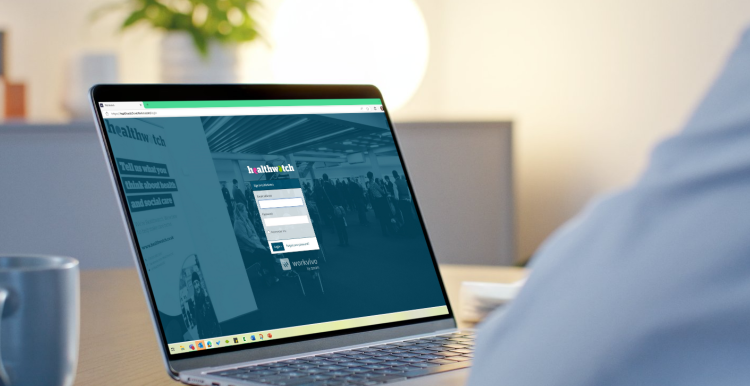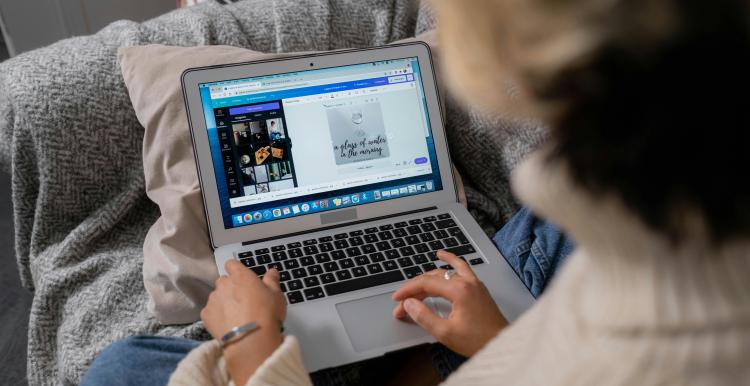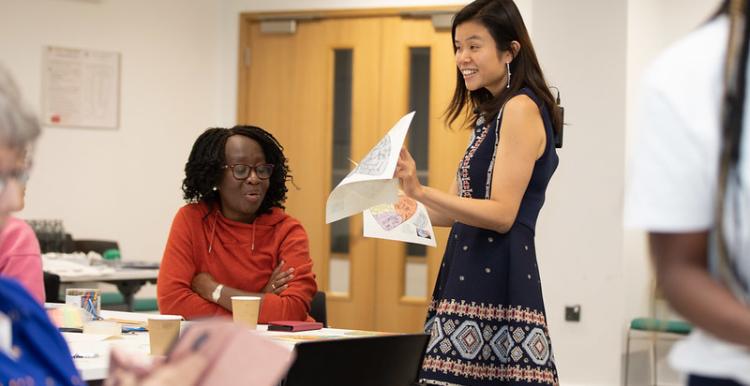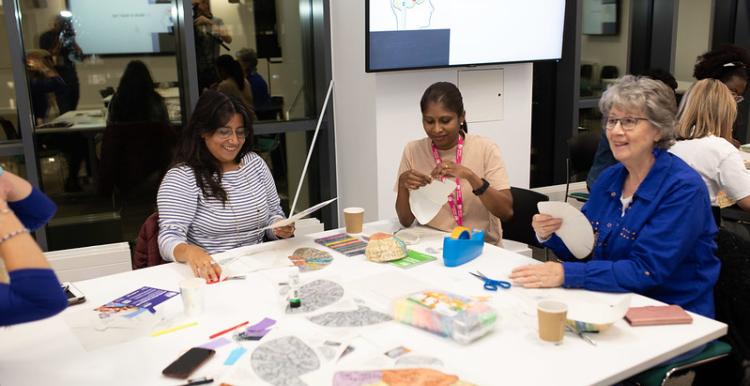Welcome to our comprehensive suite of Enter and View resources and training materials.
Here, you can find ready-to-deliver sessions to run for your volunteers. There’s an introductory training for anyone new to conducting Enter and View visits, with both classroom and online versions, and a follow-on course focusing on residential and nursing care home visits.
To complement this work for residential and nursing care homes, there’s also a conversation prompt sheet for the day of the visit and a template for your final report.
You can adapt and edit all these resources to meet your own needs.
Introduction to Enter and View training
All Healthwatch can carry out Enter and View visits, and authorised representatives are needed to do this. You told us you would like help training your volunteers and staff to become authorised representatives.
Thanks to Healthwatch Redbridge, which produced the introductory training pack and supporting materials, you can be confident that your session will be based on their wealth of experience. The pack includes slides, handouts, case studies, and comprehensive session plans for both online and classroom-based sessions.
Step-by-step instructions will help you prepare and deliver your training session.
Enter and View for residential and nursing care homes training
The majority of Healthwatch Enter and View visits are to care homes. You told us you would like help to further develop the skills of authorised representatives who have completed the introductory training.
Thanks to Healthwatch Milton Keynes, you can use the PowerPoint slides here to deliver an in-person or online session that helps people focus on key issues for care home residents and ensure visits are as impactful as possible. It’s ideal for authorised representatives who are just starting on their visits but also allows those who have been in the role for a while to reflect on their practice.
Healthwatch Milton Keynes has extensive experience undertaking this work in care homes, so the programme includes a useful mixture of knowledge, insight, and tips. Thanks also to those other Healthwatch who fed in comments and suggestions as the training was developed to help ensure it covers as many key areas as possible.
The notes section of the PowerPoint slides includes all the instructions for you to deliver the session to your group. There’s a separate Word document that just includes your trainer notes.
There’s also a version of the slides without the notes, which you can send to participants in advance should they request this.
Enter and View for residential and nursing care homes: practical resources
Healthwatch Milton Keynes, with input from other Healthwatch, has developed templates for you to use for visits to residential and nursing care homes. These help authorised representatives focus on the key areas of importance for residents and ensure a visit is as effective as possible.
The conversation prompt sheet provides suggestions for topics to explore with residents and staff and also includes prompts to help focus on the most important issues when observing life in the home.
Used alongside the accompanying Enter and View report template for care homes, you can be sure of increasing the opportunity for impact with your Enter and View work. There are two versions of the report template, allowing you to use either a large or small photograph on the front cover.
